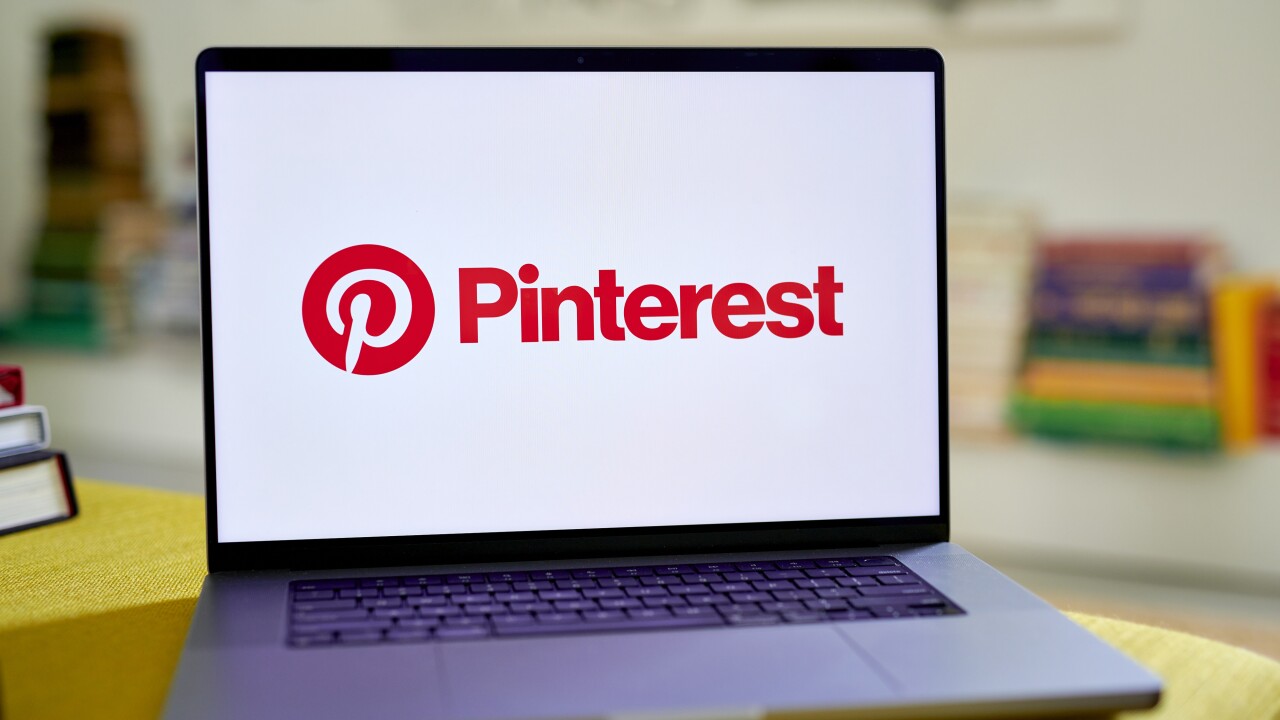Think about the simple act of driving to work in the morning. It involves perhaps 500 separate decisions, yet when we arrive we are hardly aware that we made a single one.
When it comes to decisions that affect our health, we are equally unconscious of most of the decisions - and shortcuts - we make each day. One of the most reliable and commonly used shortcuts is to look to other people for cues. If everyone is screaming and running past you in the other direction, it might be a good idea to follow suit. Yet, in most situations, the influence of others is much more subtle, and we are completely unaware that we've been influenced at all.
One of the reasons we respond to other actions by the people around us is the existence of mirror neurons. These are brain cells that fire when we see others taking an action and stimulate the same brain cells to fire when we take certain actions.
For this reason, we're often primed to take action simply by watching what other people do. For example, seeing someone take a handful of candy from the office candy dish primes you to do the same. So does seeing other people exercise, take the stairs or adopt other healthy habits, as these actions are also susceptible to the priming caused by our mirror neurons.
Second, making decisions by applying careful thought takes energy that could otherwise be applied elsewhere. Therefore, we use shortcuts to guide many of our decisions. One of these shortcuts is to assume that the others' decisions are a good guide for our own. If everyone is having the chocolate cake at lunch, we nod that we'll have the same. If everyone else decides to go for a walking lunch, we're happy to tag along.
Researchers Nicholas Christakis and James Fowler have looked at the social contagiousness of health habits and health outcomes. Although many other researchers have questioned the validity of their statistical approach, their results are at least interesting to consider. They found, for example, that if your friend puts on weight, your chances of gaining weight increase by as much as 60%. Research also has revealed similar effects for smoking, exercise habits, weight loss, happiness, loneliness and depression.
If we understand this phenomenon, it should materially affect the way we think about wellness programs and how to drive engagement. Instead of targeting the smokers, you are likely to see a better result by working with nonsmokers, trying to expand the "circle of success."
It's becoming clearer that the best path to adopting healthy habits is by recruiting the support of others and by developing wellness programs that work at the level of the group, not the level of the individual. It appears that, as with many things, to improve our health takes a village.
Contributing Editor Andrew Sykes is chairman of Health at Work. He is a qualified actuary, a licensed health insurance broker and an HIAA managed health professional. He can be reached at andrew@healthatwork.com.





